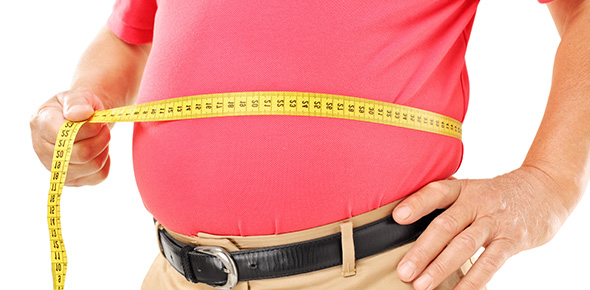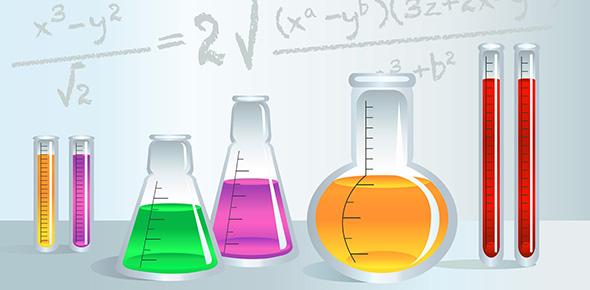Related Flashcards
Related Topics
Cards In This Set
| Front | Back |
|
Step one (beginning of energy investment phase)
|
Glucose is phosphorylated and thus energized by hexokinase, using 1ATP. More reactive now.
|
|
Step two
|
Glucose-6-phosphate is rearrange by phosphoglucoisomerase and converted to fructose-6-phosphate
|
|
Step three
|
Another ATP is added by phosphofructokinase. Sugar now very unstable and has phosphate groups at each end
|
|
Step four
|
Sugar splits (aldolase) into 3-C sugars: PGAL, and its isomer dihydroxyacetone phosphate (basically 2 PGALs)
|
|
Step five
|
Enzyme catalyzes the conversion of dihydroxyacetone phosphate to PGAL bc the next enz. in glycolysis is unreceptive to isomer.
|
|
Step six (beginning of energy yielding phase)
|
2reactions by 1enz. 1: Sugar is oxidized, forming NADH, v. exergonic. (REMOVES) 2: Phosp. grp is attached to oxidized substrate (ADDS)
|
|
Step seven (by end of this, 2 ATPs per glucose are made, zero net gain)
|
Phos. grp. just added is removed and joined to ADP (substrate level phosp.). remain 3-phosphoglycerate is an acid.
|
|
Step eight
|
Enz. relocates the remaining phosphate group in order to prepar the substrate for the next rxn
|
|
Step nine
|
An enzyme forms a double bond in the substrate by removing H2O. Makes phosphoenolpyruvate (PEP)
|
|
Step ten
|
PEP transfers a phosphate group to ADP to make ATP, pyruvate is left. this is called substrate level phosphorylation
|







